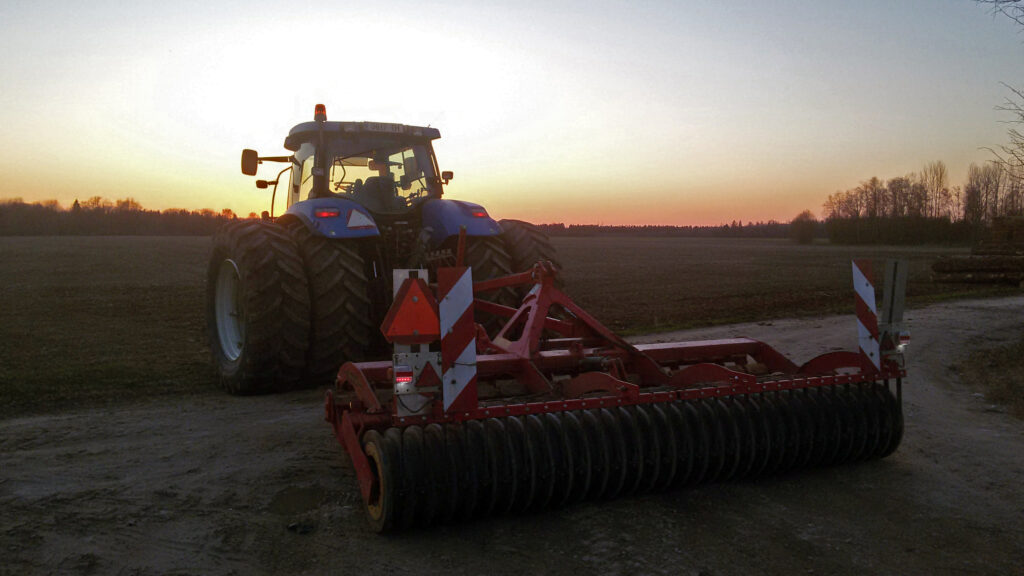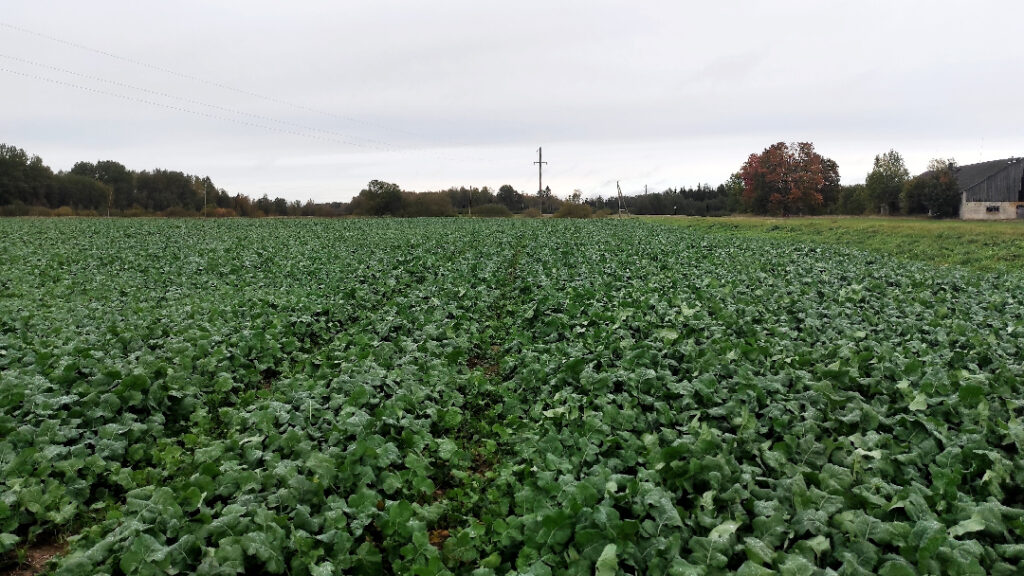The farmer’s greatest fear is the loss of winter crops, which can occur for various reasons:
- Unfavorable climatic wintering conditions.
- Sensitivity of the cultivated variety to winter effects.
- Favorable conditions for disease development beneath the snow (snow mold!).
- Late sowing.
- Natural disasters (heavy rainfall after sowing).
- Accidentally sowing spring crops in the fall (yes, it has happened 😄).
Why do farmers fear the failure of winter crops?
Winter crops spend a long time in the field (e.g., winter rapeseed – 365 days, winter wheat – 330 days), maximizing the use of available moisture and nutrients. Spring crops have a short growth period (about 90-120 days), making them vulnerable to drought during that time. Winter crops, with developed root systems, are more drought-resistant, utilizing moisture from spring snowmelt.
Winter crops yield significantly more than spring crops. Records show winter wheat at 12.8 t/ha, while spring wheat yields 8.4 t/ha; winter rapeseed yields 6.9 t/ha, and spring rapeseed yields 3.8 t/ha. Despite higher input requirements, the net profit per hectare for winter crops is potentially greater than for spring crops.
If winter crops fail, replacing them with spring crops disrupts the crop rotation, incurring additional costs for cultivation, sowing, and seeds. Delaying winter crop sowing results in potential yield loss the following year, creating a vicious circle.
In my case, winter barley precedes winter rapeseed. Winter barley, ready by late July, allows time to prepare for winter rapeseed sowing in early August. Replacing winter barley with spring barley shortens the window for winter rapeseed sowing because spring barley matures in first or even second decade of August
After winter rapeseed comes winter wheat. Recent trends favor early winter wheat sowing in late August or early September. If you replace winter rapeseed with spring variety, the harvest time could be in the middle of September which delays winter wheat sowing.
Postponing winter crop sowing risks yield loss, creating a vicious cycle for farmers.



